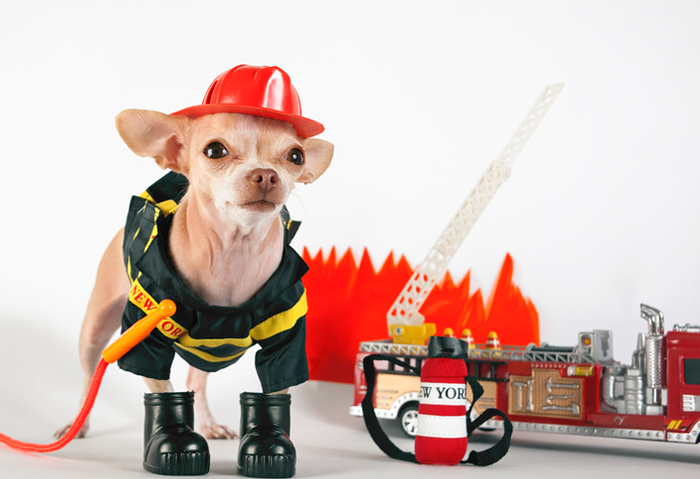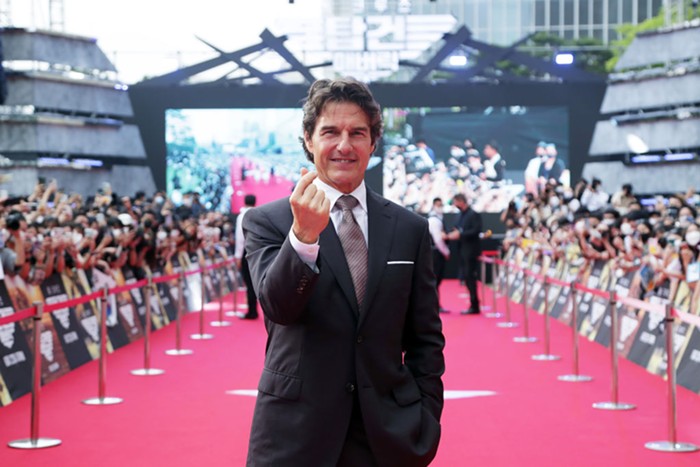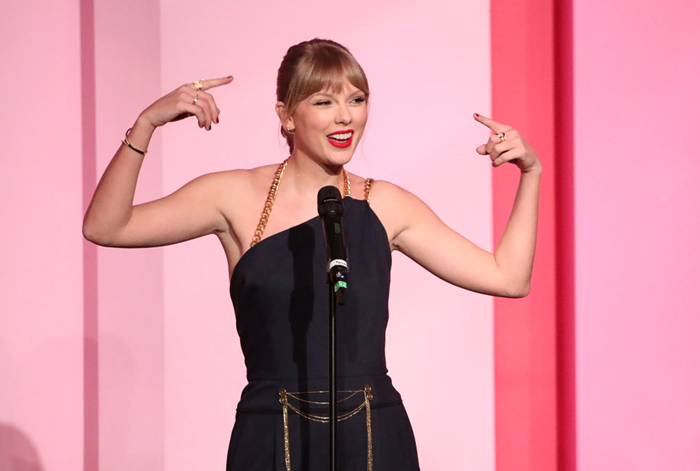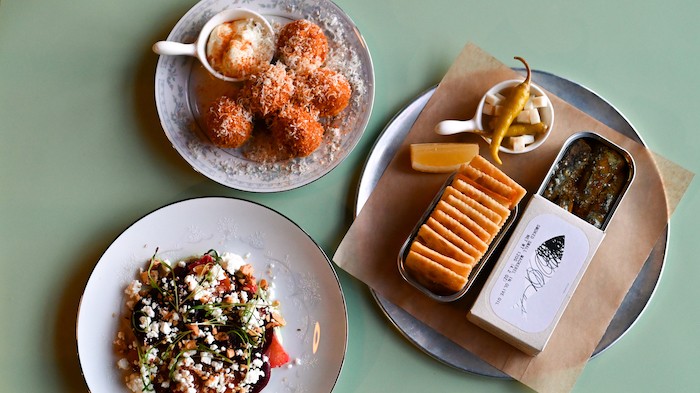By now, New York artist Roxy Paine's interests in exploring the natural and the mechanical are a known quantity. Since emerging in the early '90s, Paine has put together a body of work that includes hyper-real sculptures of leafless trees, mushroom fields, and an opium poppy garden—as well as a number of machines that "create" art. In the case of the latter, Paine has created machines that churn out drawings, cow pie-shaped polyethylene sculptures, and with his recent "Erosion Machine," sandblasted surfaces that resemble canyons and plateaus.
For its second exhibition, the Portland Art Museum's new Jubitz Center presents "PMU (Painting Manufacture Unit)," one of Paine's machines from 2000. Like the others, it's hulking and industrial, made of stainless steel, valves, and hoses. It is not a beautiful object. But in its raw materials and exposed mechanics, one begins to grasp Paine's meaning: Namely, that artists and the works they create are nothing more than commodities, demoted to factory-like mass producers.
About every two hours, the "PMU" comes alive—signaled by a flashing red light and the rumbling sounds of its motors—spraying a layer of fresh paint onto a canvas mounted in the center of the structure. On the machine's left side is a "status screen" on a laptop monitor, which counts down to the next application of paint and tracks the progress of the painting. When I visited, layer 21 of 90 was drying. At its current rate, Paine's machine will create four paintings by the end of the exhibition, each of which will be displayed in the gallery space once completed.
What's so amazing about the works that the machine creates is that they are strangely expressive. On the one hand, they are formulaic: heavily layered white paint, as thick as two inches in parts, that drips over the bottom of tawny canvases. Then again, they are also deeply reminiscent of forms found in nature, such as eroded rock or the measured traces a receding tide leaves on the shore. These textural abstractions are at once cold and gestural: a fitting product for a machine that implies the dehumanization of the artist, but can't manage to hide the hand of its creator.












